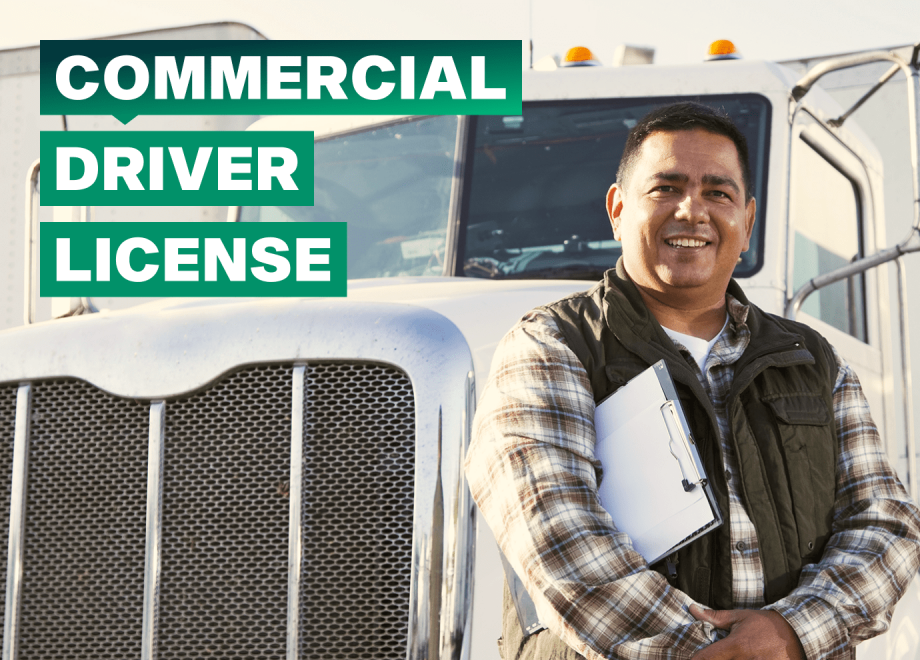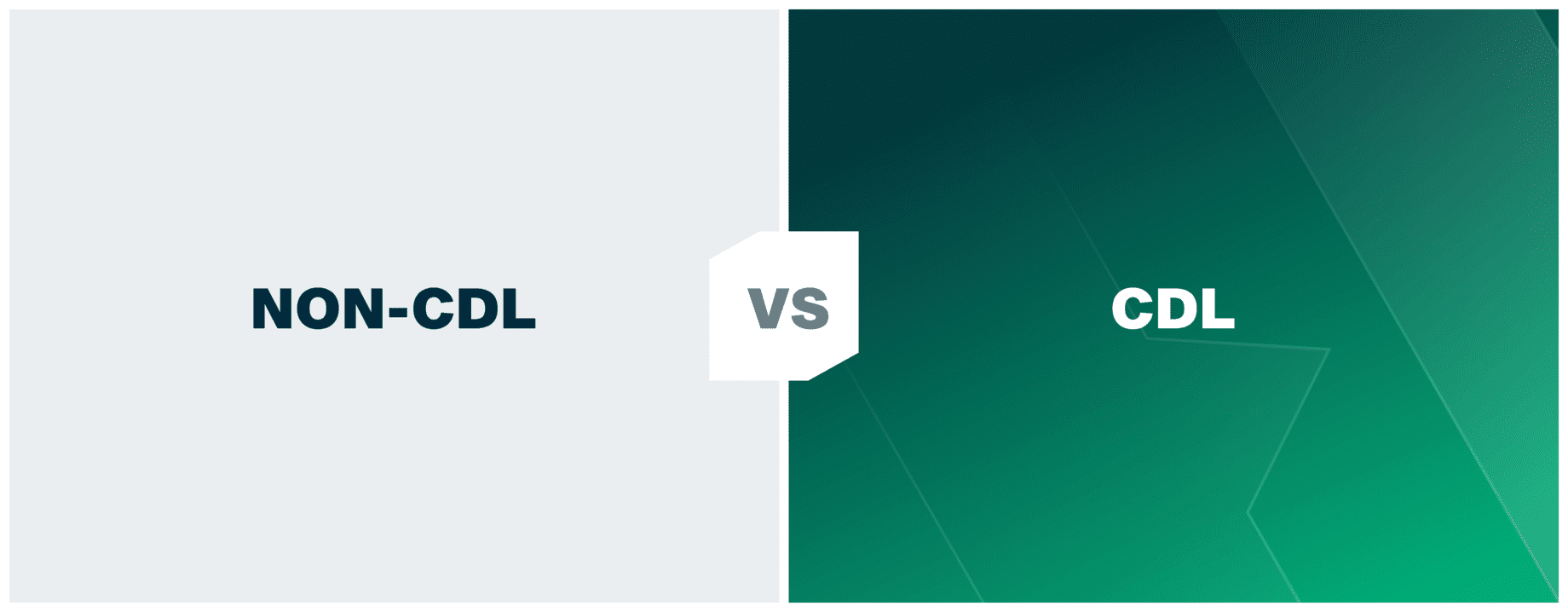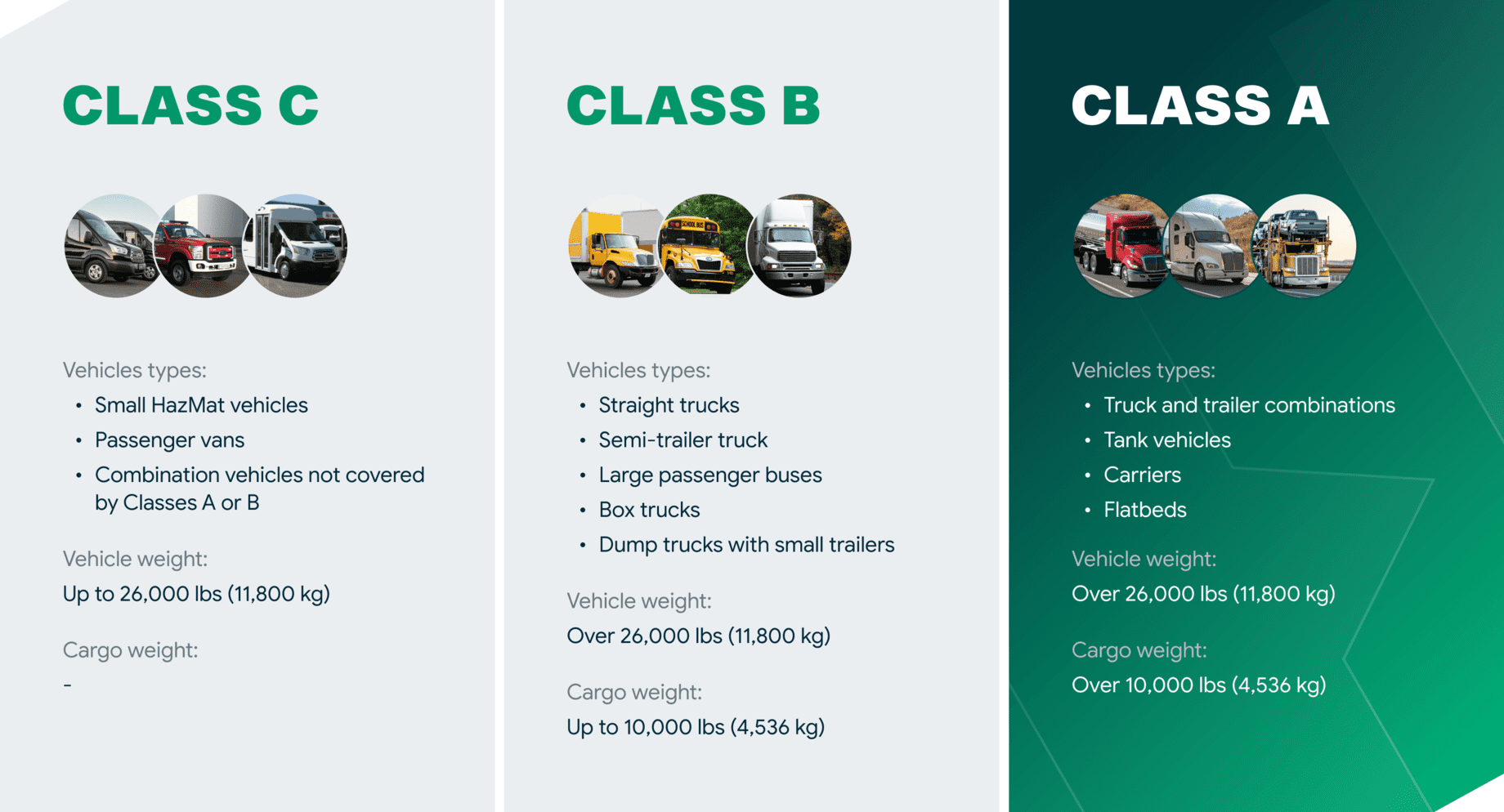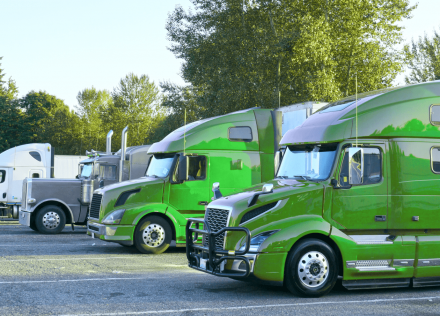
To answer briefly - not necessarily. You may transport smaller-sized loads without CDL just fine IF you know your legal limitations. Another question is, do you need a CDL to haul cars professionally? Absolutely. And we’ll explain why in detail.
In this article, we'll look at certain car hauler licensing details you need to get straight first in order to safely maintain an existing workflow or start a car hauling business.
Differences Between CDL vs. Non-CDL Driver's Licenses
There are two types of licenses that a car hauler can get:
- Non-CDL - Non-Commercial Drivers License
- CDL - Commercial Drivers License
A regular ID of a day-to-day driver is non-commercial, whereas commercial credentials permit scheduled transportation of large cargo for profit-making purposes on a legal level. A company or entrepreneur operating vehicles with a total weight of over 26,000 pounds is obliged to apply for, complete a test, and acquire a registered CDL.

However, some profitable non-CDL haulers easily transport two to three vehicles that don’t add up to more than 10,000 lbs in weight, managing to stay within the 26K GVWR boundary (non-CDL car hauler requirements can be found below). If you can stay within the limit, applying for a Class C commercial license is optional. But let’s take a look at the specifics.
Types of CDLs
Not all CDLs are the same. There are three classes, each coming with its own set of car hauling requirements allowing a hauler to transport certain limits of weight on a commercial basis. The weight limit is marked by GVWR or Gross Vehicle Weight Rating, which is your vehicle's overall weight, including passengers and cargo.

Class C License
- GVWR up to 26,000 lbs (11,800 kg) - single-unit cars and cars with weight-limited attachments
A go-to for smaller vehicles, like passenger vans transporting up to 16 people, single-unit vehicles, and vehicles that tow up to 10,000 lbs of weight. This can be an optional license for smaller haulers. But an ambitious professional is still better off acquiring it, while a bigger company can go straight for the class A license.
Class B License
- GVWR over 26,000 lbs (11,800 kg) - single-unit cars and cars with weight-limited attachments
This one allows you to drive heavier single-unit vehicles, like big traveling buses, garbage trucks, and delivery trucks towing up to 10,000 lbs of cargo. This class may fit a certain fleet of vehicles that transports lighter loads and fits specific requirements (e.g., no trailers can be hitched).
Class A License
- GVWR over 26,000 lbs (11,800 kg) - all car types and combinations
The heavyweight champion, letting you drive those massive rigs with multiple trailers that weighing at least 10,000 pounds. At this level your GVWR is not limited and you can freely operate a fleet of heavy-duty trucks.
What are the advantages of a CDL?
A registered CDL is proof of one’s professional dedication to car hauling and a legal permit for continuous commercial hauling of weights exceeding those you’d normally need to move for non-profit purposes.
For a professional hauling provider, CDL grants benefits like:
- Access to more jobs
- Cross-border hauling opportunities
- Ability to operate specialized vehicles
- Higher earning potential
- Stable demand and stable profits
Are there advantages to hauling cars without a CDL?
The main advantage is that you don’t have to go through CDL registration, which takes time, inspection, and effort (more than that for registering non-CDL IDs). Yes, you can still haul cars with non-CDL credentials, but in this case you need to make sure your GVWR stays within permitted non-commercial hauling limits.
The trick is - you must account for the total weight you are moving, with all attachments and contents. If you decide to maintain a non-CDL hauling career, some tips for managing your GVWR would be to:
- Check your vehicle's manual or the driver's side door frame for the GVWR;
- Always consider the weight of your cargo and passengers;
- Keep in mind safety gear or added accessories;
- Keep tabs on your vehicle's weight, especially if you load and unload cargo frequently.
How to get a CDL
Applying for CDL is something you or your truckers must go through on their own. There are specialized CDL driving schools that organize tests and provide all certifications. In order to apply for CDL, it is best to find a good school in your region.

Some heads-up for picking the school:
- Be ready to cover the costs or seek financial aid or on-the-job training opportunities from hiring companies
- Ignore any two-week courses and options that emphasize cheapness and speed of completion
- Choose a reputable school that offers extra training in case you fail some tests
Things to do before taking the CDL permit test
You will also need to pass physical examinations to get these forms:
- (MEC) MCSA- 5876 - Medical Examiner's Certificate proving that a driver has passed the medical examination required for a CDL.
- MER MCSA-5875 - Сomprehensive medical report required for CDL applicants to ensure they meet the physical requirements for safely operating a commercial vehicle.
Any tips for passing CDL?
- Every state/region has a CDL manual - study it thoroughly
- Get ready to take a written CDL test at the DMV before going for the field test
- Practice basic vehicle control, lengthy road driving, and pre-trip inspections
Questions about CDL licenses from our clients
Next, we've put together some common questions our clients ask about CDL licenses, along with answers to help you understand this topic better.
- Do I need a Class A CDL to haul trucks and trailers? Yes, if it's a heavy-duty combo with GVWR going over 26K pounds or when towing more than 10K pounds.
- Can you get your CDL without going to truck driving school? It's possible. But truck driving school boosts your chances of acing the test.
- Do you need to test in the same vehicle that you will drive in? Yup, you or your driver(s) must demonstrate skills in operating a specific type of vehicle in field conditions.
After receiving permission
Non-CDL hauling is a valid option – now you know that. But is it for an ambitious and scaling business? Ever thought of how many cars can you haul without a CDL? The answer is – two-three at best. Not to mention constant road checkups spawning more expenses.
Once you get your CDL permit - the road for professional hauling of unlimited weights is wide open. Whether you already have a fleet of trucks and hired drivers, your new top priority is to organize business by centralizing management and tying loose ends.
By the way, HaulK is an automated platform that connects drivers via a simple app and gives a business owner convenient dashboards and collaborative tools to monitor operations and interact with employees in real time. Get your free trial now to see how it makes things that much easier.







